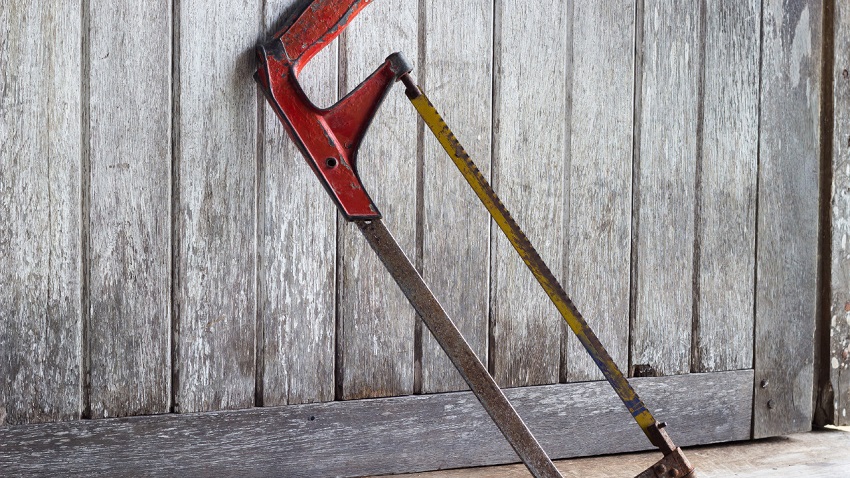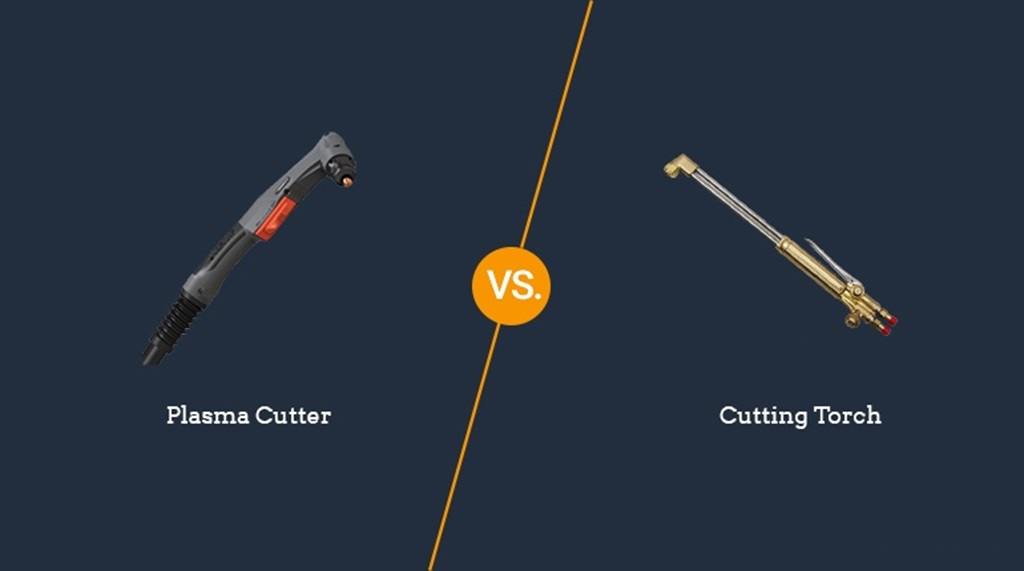Whether you are a hobbyist or a professional, it’s important to discover how to cut metal closet rod properly. Cutting a rod may seem like a simple task, but if not done properly, it can result in injury or damage to the rod itself. To ensure a clean cut without compromising the quality of the rod, there are a few techniques you should know. In this article, we will guide you through the process of cutting a rod, step-by-step, while considering important factors such as safety measures, equipment needed, and different methods that can be used for various types of rods.
Safety First
Before starting any cutting operation, it is essential to prioritize safety. Here are some key safety measures to follow:
- Wear protective gear: Safety goggles, gloves, and ear protection should be worn throughout the process to protect yourself from any potential hazards.
- Choose an appropriate work area: Make sure you have a clean, well-lit workspace with enough room to maneuver the rod without any obstructions. If possible, secure the rod in a vise or clamp to minimize movement during cutting.
- Consider the material: Different types of rods require different cutting tools and techniques. Familiarize yourself with the type of rod you are working with, whether it is metal, plastic, wood, or any other material.
Tools and Equipment
To cut a rod effectively, you will need the following tools and equipment:
- Measuring tape: Accurate measurements ensure that you cut the rod to the desired length.
- Marker or pencil: Use this to mark the exact spot where you want to make the cut.
- Cutting tool: The choice of cutting tool depends on the type of rod you are working with. Common tools include:
- Hacksaw: Ideal for cutting metal rods or PVC pipes. Choose a blade with fine teeth for cleaner cuts.
- Circular saw: Suitable for cutting thicker rods or wooden dowels. Ensure that you use a blade designed for the specific material you are cutting.
- Miter saw or chop saw: Used for cutting rods at precise angles. These tools are commonly used in woodworking.
- Safety equipment: As mentioned earlier, safety goggles, gloves, and ear protection are must-have items to ensure your safety during the cutting process.
Cutting Methods
Now that you have gathered the necessary tools and equipment let’s move on to the different methods of cutting a rod:
- Hacksaw Method:
- Measure and mark the spot on the rod where you want to make the cut.
- Secure the rod in a vise or clamp to prevent it from moving during the cutting process.
- Hold the hacksaw firmly with both hands and align the blade with the marked spot.
- Apply light pressure and start cutting with a back-and-forth motion.
- Continue cutting until the rod is completely severed.
- File or sand the cut edge to remove any burrs or roughness.
- Circular Saw Method:
- Mark the cutting spot on the rod using a marker or pencil.
- Attach the appropriate blade to your circular saw. Ensure that it is suitable for the type of rod you are cutting.
- Set the blade depth to slightly more than the thickness of the rod.
- Secure the rod to a stable surface or use clamps to prevent it from moving.
- Position the saw blade on the marked spot and align it parallel to the rod.
- Turn on the saw and slowly push it forward, following the marked line.
- Once the cut is complete, remove any wood chips or debris from the work area.
- Miter Saw Method:
- Measure and mark the spot on the rod where the cut is required.
- Set the miter saw to the desired angle, if necessary.
- Secure the rod on the miter saw’s table using clamps or a vise.
- Align the marked spot with the saw blade and ensure that the rod is tightly pressed against the saw’s fence.
- Turn on the saw, lower the blade onto the rod, and make a smooth, steady cut.
- Remove the cut piece and check the angle for accuracy.
Conclusion
Cutting a rod can be a straightforward process if you follow the right techniques and safety measures. By understanding the type of rod you are working with and choosing the appropriate cutting tool and method, you can achieve precise, clean cuts. Always prioritize safety and take your time to ensure accuracy. With practice and experience, you’ll become more proficient in cutting rods for your various DIY projects and repairs.
FAQs (Frequently Asked Questions)
- Can I use a handsaw to cut a rod?
Yes, a handsaw can be used to cut a rod. However, it may require more effort compared to using specialized cutting tools like hacksaws or circular saws. - Do I need to wear safety goggles if I am using a miter saw?
Yes, safety goggles are essential regardless of the cutting tool you use. They protect your eyes from any potential hazards, such as wood splinters or metal particles. - What should I do if the cut edge of the rod is rough or uneven?
If the cut edge is rough or uneven, you can use a file or sandpaper to smoothen it. This will ensure a clean finish and help prevent any accidental injuries. - Can I cut different types of rods with the same cutting tool?
It is crucial to choose the appropriate cutting tool for the specific type of rod you are working with. Different materials require different tools and techniques for efficient and effective cutting. - Is it necessary to secure the rod before cutting it?
Yes, securing the rod in a vise or clamp is highly recommended to prevent it from moving during the cutting process. This will ensure accuracy and reduce the risk of accidents.




